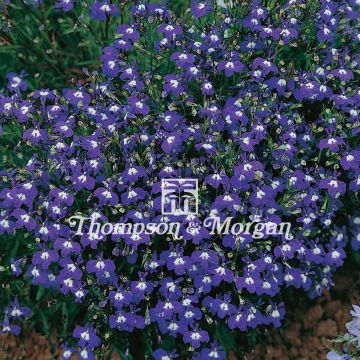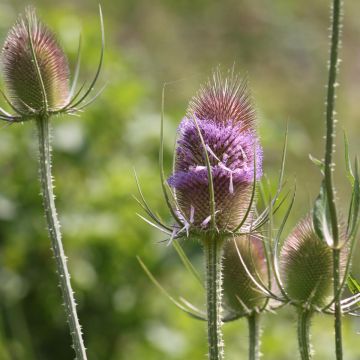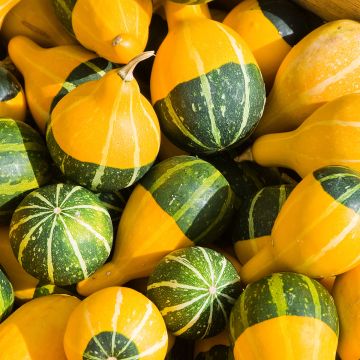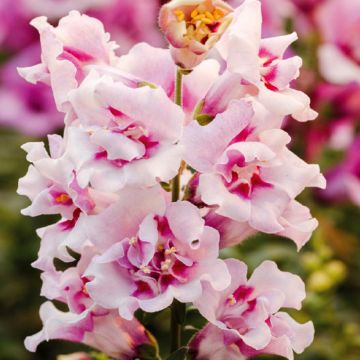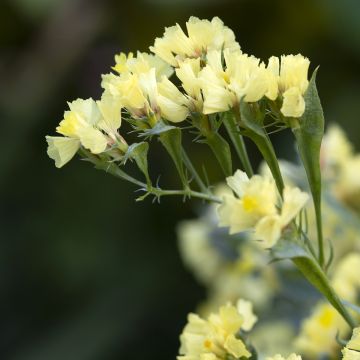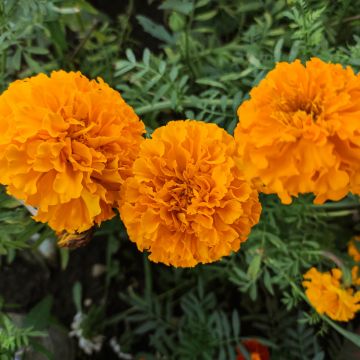Shipping country and language
Your country of residence may be:
Your country of residence is:
For a better user experience on our website, you can select:
Your shipping country:
-
Andorra
-
Austria
-
Belgium
-
Bulgaria
-
Canada
-
Chile
-
Croatia
-
Cyprus
-
Czechia
-
Denmark
-
Estonia
-
Finland
-
France
-
Germany
-
Greece
-
Hungary
-
Iceland
-
Ireland
-
Italy
-
Latvia
-
Lithuania
-
Luxembourg
-
Malta
-
Monaco
-
Netherlands
-
Poland
-
Portugal
-
Romania
-
Slovakia
-
Slovenia
-
Spain
-
Sweden
-
Switzerland
-
United Kingdom
We only deliver seed and bulb products to your country. If you add other products to your basket, they cannot be shipped.
Language:
-
French
-
German
-
Spanish
-
English
-
Italian
My Account
Hello
My wish lists
Log in / Register
Existing customer?
New customer?
Create an account to track your orders, access our customer service and, if you wish, make the most of our upcoming offers.
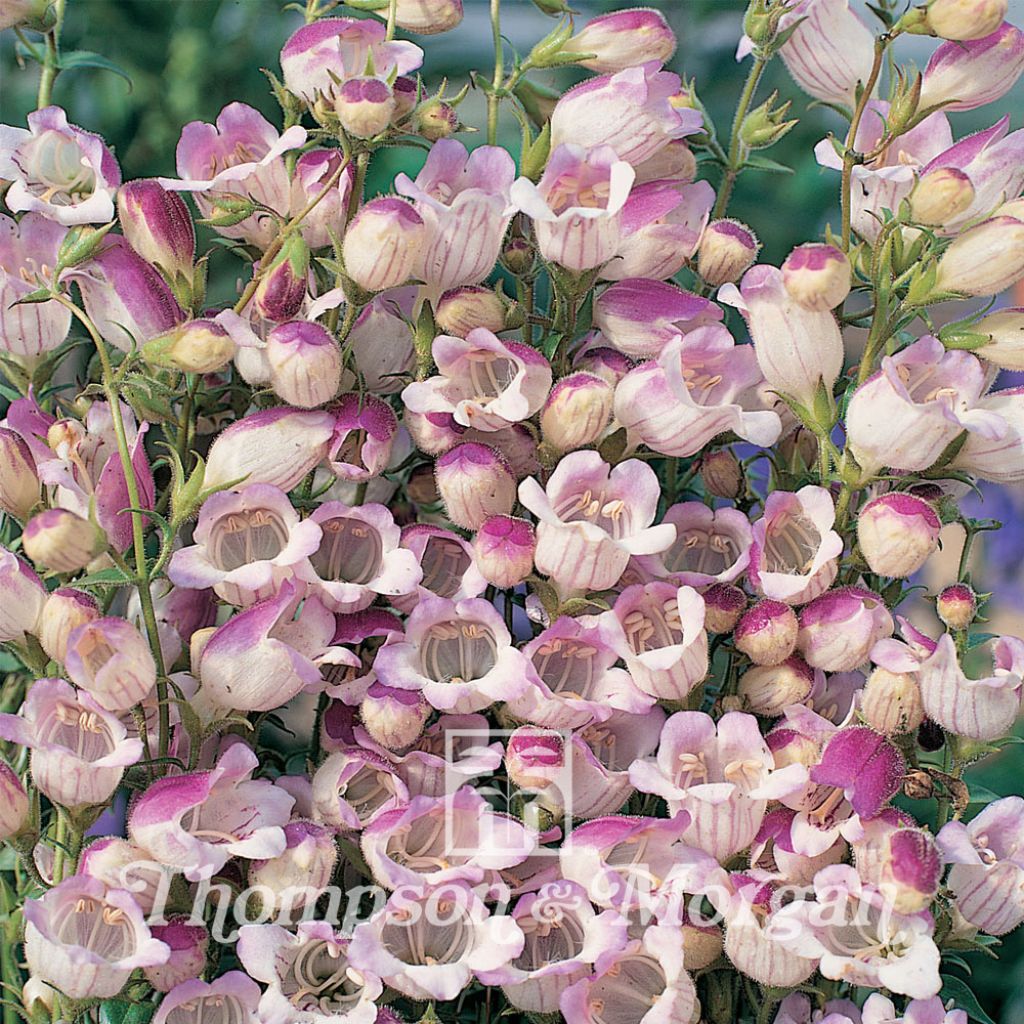

Penstemon x Hybrida Lilac Frost
Penstemon Lilac Frost
Penstemon x hybrida Lilac Frost
Beardtongue, Hybrid Penstemon
Order in the next for dispatch today!
Dispatch by letter from €3.90.
Delivery charge from €5.90 Oversize package delivery charge from €6.90.
More information
This item is not available in your country.
Schedule delivery date,
and select date in basket
This plant carries a 6 months recovery warranty
More information
We guarantee the quality of our plants for a full growing cycle, and will replace at our expense any plant that fails to recover under normal climatic and planting conditions.
Seed-only orders are dispatched by sealed envelope. The delivery charge for seed-only orders is €3.90.
Does this plant fit my garden?
Set up your Plantfit profile →
Description
The Penstemon x hybrida 'Lilac Frost', also known as beardtongue, is an exceptional variety discovered in the Mexican mountains. It is undoubtedly the hardiest of all penstemons. This plant combines many qualities. It forms beautiful, compact bushes with endless summer flowering. It displays elegant, branched flower heads adorned with small, frost-white, campanulate bells splashed with mauve above deep green foliage. This penstemon thrives in fertile, slightly acidic, dry, well-drained soils and the sun.
The hybrid penstemon 'Lilac Frost' was recently discovered in Mexico, just below the summit of Cerro Potosi, in pine forests at over 3000 metres (9842 feet), where winter temperatures drop to nearly -30° C. This surprising variety forms small, dense clumps measuring 40 to 45 cm (16 to 18in) in all directions, with branched stems covered in fine, lanceolate, dark green foliage. Its growth is slower than that of other penstemons. The flowering period extends from June to October and occurs at the terminal part of the leafy stems. Its name 'Lilac Frost' perfectly describes its two-tone, bell-shaped flowers. They display a sparkling white colour, reminiscent of frost, splashed with varying shades of mauve, mainly on their upper part. Purplish veins also run from the base to the tip of the corolla.
'Lilac Frost' penstemon is used in borders and perennial flower beds, along with agapanthus, caryopteris, Rhodoanthemum hosimariensis, Cape daisies, or mixed with annuals such as love-in-a-mist. It can be planted among rocks in rockeries (in slightly non-chalky soil) with cotton lavenders, rockroses or wormwoods. It also performs well in pots, with proper drainage and regular fertiliser application. Penstemons also make excellent cut flowers.
Report an error about the product description
Flowering
Foliage
Plant habit
Botanical data
Penstemon
x hybrida
Lilac Frost
Scrophulariaceae (Plantaginaceae)
Beardtongue, Hybrid Penstemon
South America
Other Thompson and Morgan seeds
Planting and care
Sowing:
Sow from February to April. Penstemon 'Lilac Frost' seeds will usually germinate in 18-21 days, sometimes even longer. Usually, they require light to germinate. Plant the seeds at a depth of 1 mm (0in) in well-drained soil. Keep the sowing around 15°C (59°F), enclosed in a plastic bag—transplant the seedlings into pots when they are large enough to handle. Grow them in a cooler environment for 10 to 15 days before planting them out once all risk of frost has passed. Space the young plants 60 cm (24in) apart.
Cultivation:
To succeed in growing hybrid penstemons, the nature of the soil is crucial. They prefer rich, fresh to dry, but very well-drained soils, especially in winter. In excessively wet soils, they rot quickly. In cool climates, place the plants in a warm and sunny position, sheltered from cold winds (south or west exposure). In hot climates, choose a relatively cool and semi-shaded location. The hybrid penstemon 'Lilac Frost' is one of the most resistant. It can withstand temperatures as low as -20 °C (- 4°F), but in a well-drained soil. It is advisable to take stem cuttings in very cold regions in autumn. It does not suffer from specific diseases. This plant requires minimal maintenance, but when removing faded flowers in autumn, slightly shorten the flower stems without cutting them back to the ground, especially in regions where winters are humid. Indeed, the foliage plays a vital role in humidity regulation. Wait for spring to be well established (March-April) before pruning the branches whose foliage has been damaged by the cold. If summer is dry, water regularly to support flowering. Cover the base with glass or a cold frame in the coldest regions to protect it from severe cold. Divide your penstemons every three or four years to rejuvenate them, and wait for spring to carry out this operation.
Sowing period
Intended location
This item has not been reviewed yet - be the first to leave a review about it.
Flower seeds
Haven't found what you were looking for?
Hardiness is the lowest winter temperature a plant can endure without suffering serious damage or even dying. However, hardiness is affected by location (a sheltered area, such as a patio), protection (winter cover) and soil type (hardiness is improved by well-drained soil).

Photo Sharing Terms & Conditions
In order to encourage gardeners to interact and share their experiences, Promesse de fleurs offers various media enabling content to be uploaded onto its Site - in particular via the ‘Photo sharing’ module.
The User agrees to refrain from:
- Posting any content that is illegal, prejudicial, insulting, racist, inciteful to hatred, revisionist, contrary to public decency, that infringes on privacy or on the privacy rights of third parties, in particular the publicity rights of persons and goods, intellectual property rights, or the right to privacy.
- Submitting content on behalf of a third party;
- Impersonate the identity of a third party and/or publish any personal information about a third party;
In general, the User undertakes to refrain from any unethical behaviour.
All Content (in particular text, comments, files, images, photos, videos, creative works, etc.), which may be subject to property or intellectual property rights, image or other private rights, shall remain the property of the User, subject to the limited rights granted by the terms of the licence granted by Promesse de fleurs as stated below. Users are at liberty to publish or not to publish such Content on the Site, notably via the ‘Photo Sharing’ facility, and accept that this Content shall be made public and freely accessible, notably on the Internet.
Users further acknowledge, undertake to have ,and guarantee that they hold all necessary rights and permissions to publish such material on the Site, in particular with regard to the legislation in force pertaining to any privacy, property, intellectual property, image, or contractual rights, or rights of any other nature. By publishing such Content on the Site, Users acknowledge accepting full liability as publishers of the Content within the meaning of the law, and grant Promesse de fleurs, free of charge, an inclusive, worldwide licence for the said Content for the entire duration of its publication, including all reproduction, representation, up/downloading, displaying, performing, transmission, and storage rights.
Users also grant permission for their name to be linked to the Content and accept that this link may not always be made available.
By engaging in posting material, Users consent to their Content becoming automatically accessible on the Internet, in particular on other sites and/or blogs and/or web pages of the Promesse de fleurs site, including in particular social pages and the Promesse de fleurs catalogue.
Users may secure the removal of entrusted content free of charge by issuing a simple request via our contact form.
The flowering period indicated on our website applies to countries and regions located in USDA zone 8 (France, the United Kingdom, Ireland, the Netherlands, etc.)
It will vary according to where you live:
- In zones 9 to 10 (Italy, Spain, Greece, etc.), flowering will occur about 2 to 4 weeks earlier.
- In zones 6 to 7 (Germany, Poland, Slovenia, and lower mountainous regions), flowering will be delayed by 2 to 3 weeks.
- In zone 5 (Central Europe, Scandinavia), blooming will be delayed by 3 to 5 weeks.
In temperate climates, pruning of spring-flowering shrubs (forsythia, spireas, etc.) should be done just after flowering.
Pruning of summer-flowering shrubs (Indian Lilac, Perovskia, etc.) can be done in winter or spring.
In cold regions as well as with frost-sensitive plants, avoid pruning too early when severe frosts may still occur.
The planting period indicated on our website applies to countries and regions located in USDA zone 8 (France, United Kingdom, Ireland, Netherlands).
It will vary according to where you live:
- In Mediterranean zones (Marseille, Madrid, Milan, etc.), autumn and winter are the best planting periods.
- In continental zones (Strasbourg, Munich, Vienna, etc.), delay planting by 2 to 3 weeks in spring and bring it forward by 2 to 4 weeks in autumn.
- In mountainous regions (the Alps, Pyrenees, Carpathians, etc.), it is best to plant in late spring (May-June) or late summer (August-September).
The harvesting period indicated on our website applies to countries and regions in USDA zone 8 (France, England, Ireland, the Netherlands).
In colder areas (Scandinavia, Poland, Austria...) fruit and vegetable harvests are likely to be delayed by 3-4 weeks.
In warmer areas (Italy, Spain, Greece, etc.), harvesting will probably take place earlier, depending on weather conditions.
The sowing periods indicated on our website apply to countries and regions within USDA Zone 8 (France, UK, Ireland, Netherlands).
In colder areas (Scandinavia, Poland, Austria...), delay any outdoor sowing by 3-4 weeks, or sow under glass.
In warmer climes (Italy, Spain, Greece, etc.), bring outdoor sowing forward by a few weeks.


